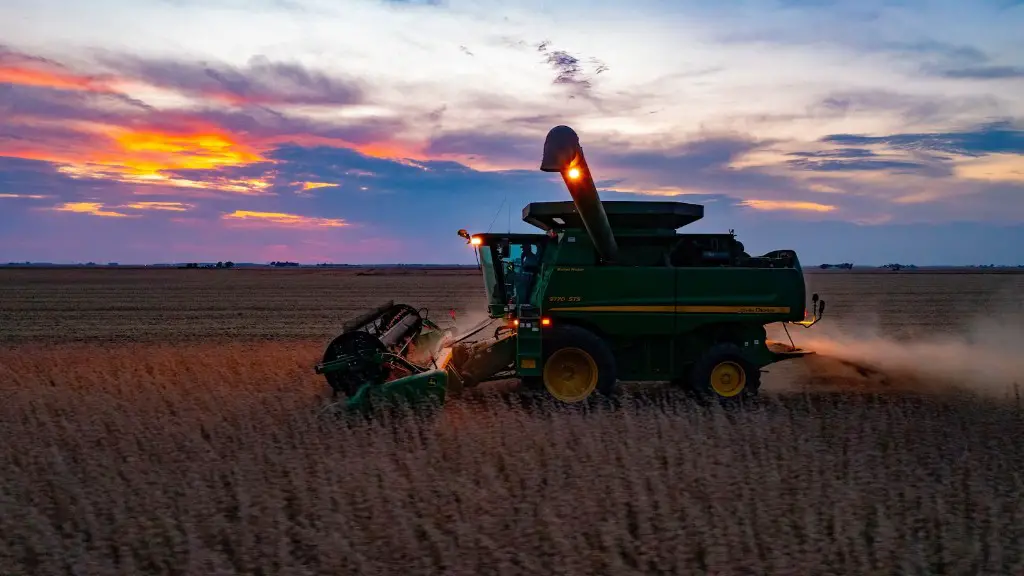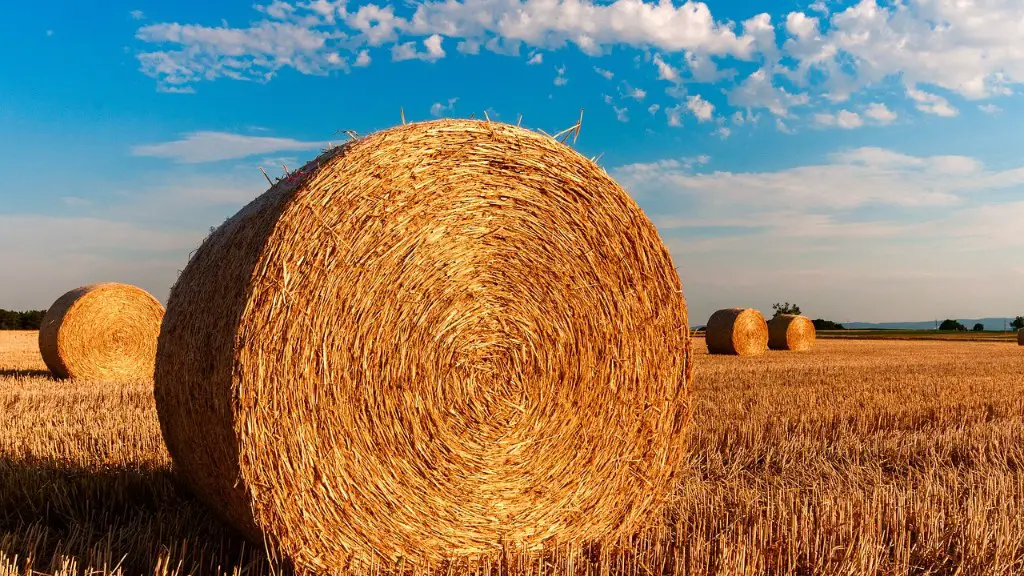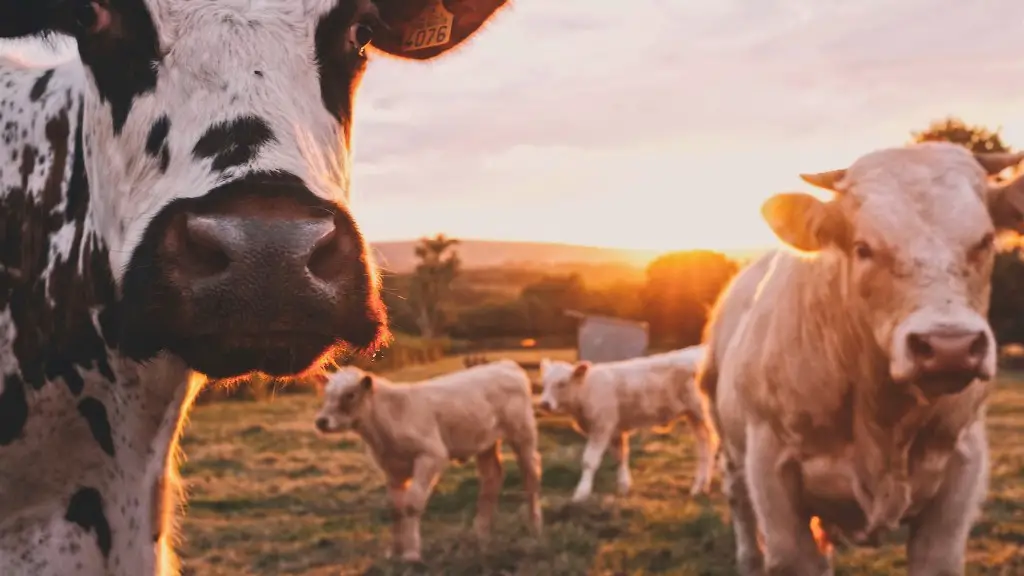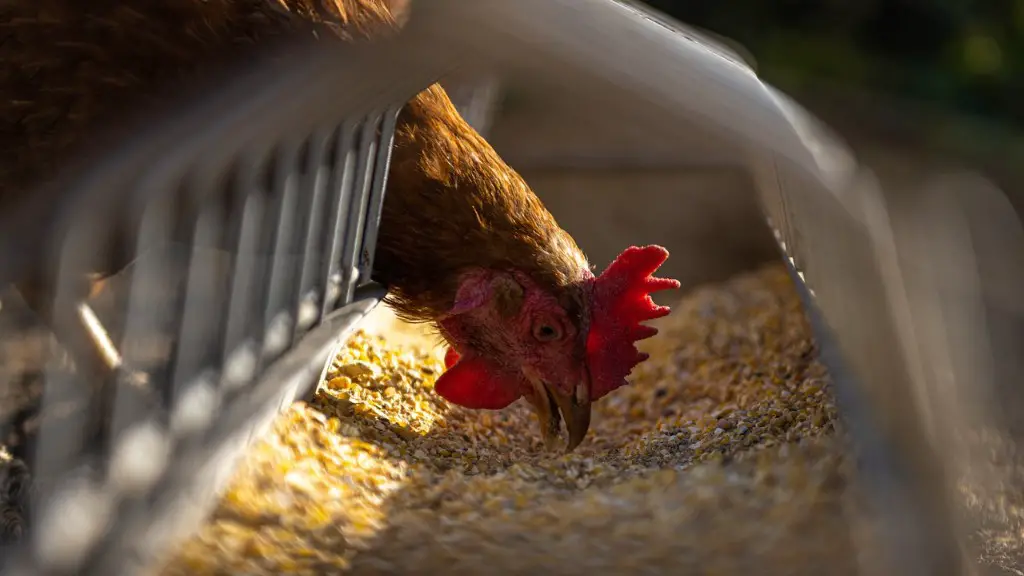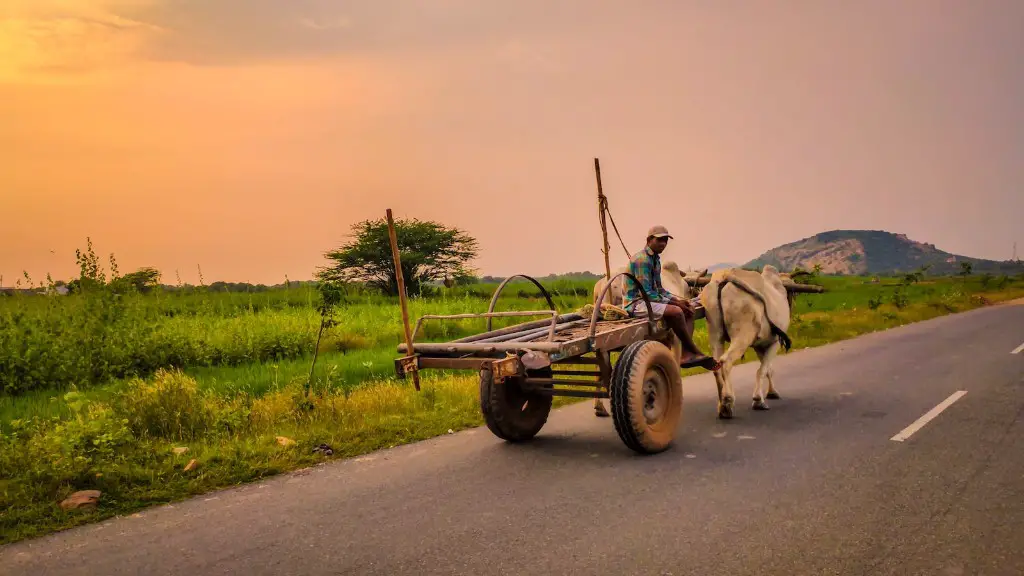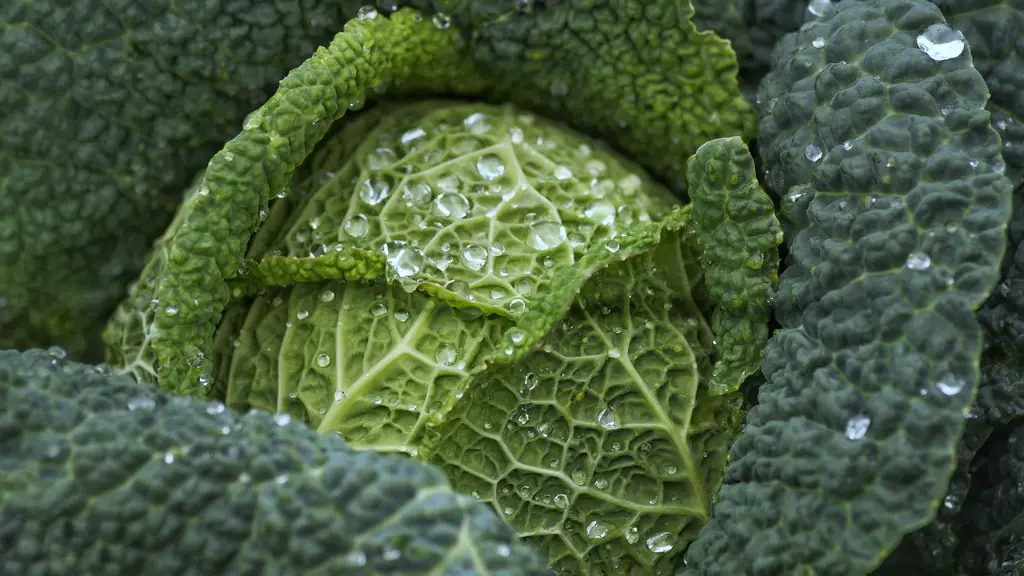Air pollution has a major effect on agricultural production. In particular, it can reduce crop yields, damage crops and trees, and contaminate soil and water resources. The main sources of air pollution in agricultural areas are fumes from chemical production facilities, livestock operations, and crop burning.
The main way that air pollution affects agriculture is through the deposition of acidic compounds onto the leaves of crops. This can lead to a reduction in crop yield and may also cause damage to the leaves, reducing the photosynthetic capacity of the plant. Additionally, air pollution can reduce the amount of water available to plants, as well as the amount of sunlight that reaches the ground.
How is air pollution harmful to crops?
Exposure to these gases can have a direct impact on crop cells, reducing yields, and can also lead to the formation of ozone and particulate matter, which can further reduce crop yields.
Pollution has a range of negative effects on plants, from stunted growth and premature leaf drop to twig dieback and reduced yield. In some cases, pollution can even cause abortion or early drop of blossoms. These effects can have a significant impact on the health of a plant, and can ultimately lead to its death.
How much air pollution does agriculture cause
Agriculture is a significant source of greenhouse gas emissions in the United States. livestock production accounts for a significant portion of those emissions. Reducing emissions from agriculture will require changes in livestock management practices.
Agriculture is the leading source of pollution in many countries. Pesticides, fertilizers and other toxic farm chemicals can poison fresh water, marine ecosystems, air and soil. They also can remain in the environment for generations.
This is a major problem that needs to be addressed. We need to find ways to reduce the amount of pollution that agriculture creates. This might include using more environmentally friendly methods of farming, or finding ways to recycle or dispose of agricultural waste properly.
How does air affect agricultural production?
Crops that are exposed to high concentrations of air pollutants are susceptible to infection by pathogens. Ozone, for instance, reduces the vitality of crops making them more susceptible to plant pathogens. (USEPA, 2006; Fuhrer, 2009)
This study found that air pollution can have a negative impact on agricultural productivity. The disruption of crops’ biochemical and physiological reactions can cause soil degradation and lower nutrient concentration in the form of acid rain.
How does air pollution affect soil?
Acid precipitation can alter the chemistry of the soil, which, in turn, can affect plant growth and water quality in a number of ways. As soils become more acidic, their ability to retain many essential nutrients, minerals and elements, such as calcium (Ca), magnesium (Mg) and potassium (K), decreases. This can lead to Direct effects on plants, where the roots cannot take up enough of these essential nutrients, and Indirect effects on plants, where the decreased availability of these nutrients decreases the overall quality of the water and the soil. In addition, acid precipitation can also increase the leaching of heavy metals from the soil, which can further contaminate the water and the plants.
Climate, soil type, irrigation, technology, and population density all play a role in agriculture. Climate can influence what crops can be grown, soil type can determine how successful those crops will be, irrigation can provide the water necessary for growth, technology can improve efficiency and yield, and population density can dictate how much land is available for farming. All of these factors need to be considered when planning and managing an agricultural operation.
What is the leading cause of agricultural pollution
Though many chemicals contribute to agriculture pollution, the most common source are nutrients released by humans into the environment, namely nitrogen and phosphorus. Examples include fertilizers, wastewater, automobile exhaust and natural animal waste. These nutrients are essential for plant growth, but in excess they can cause problems such as algal blooms, fish die-offs and water contamination.
Damage to respiratory systems is the most common effect on animals, but neurological problems and skin irritations are also common. Plants and crops grow less when exposed to long-term air pollution.
How does air pollution affect trees?
Air pollution is a problem that not only affects humans, but also the trees that surround us. Trees are crucial to the environment, providing us with oxygen and helping to filter out pollution. However, air pollution can directly injure trees, damaging their leaves and preventing them from being able to photosynthesize properly. This can weaken the trees and make them more susceptible to insect and disease damage. It is important to be aware of the effects of air pollution on trees and to take steps to reduce pollution in order to protect these important members of our ecosystem.
Soil aeration is a vital process for plant growth and health. By increasing the amount of oxygen in the soil, plants are able to better absorb nutrients and water. This, in turn, helps to promote root growth and increase the photosynthetic rate and chlorophyll content. All of these factors contribute to healthier, stronger plants that are better able to withstand stress conditions, such as those imposed by high levels of salt (NaCl). Therefore, by aerating the soil, we can help to reduce the plant death rate under such stress conditions.
What are the biggest threats to agriculture
Climate change is already affecting farmers and ranchers across the United States. Increasingly volatile weather and more extreme events – like floods and droughts – change growing seasons, limit the availability of water, allow weeds, pests and fungi to thrive, and can reduce crop productivity.
Farmers are adaptable, and many are already changing their practices to deal with a new reality. But they need our help. We must provide the resources and support they need to continue to feed us – now and in the future.
Water Use & Water Pollution
Growing food takes a lot of water, and that water can become polluted with chemicals and other pollutants from the soil, air, and even the water used to irrigate the crops. This polluted water can then contaminate the food itself, and cause problems for the people who eat it.
Greenhouse Gas Emissions
Food production is a major source of greenhouse gas emissions, which contribute to climate change. The emissions come from many different sources, including the use of machinery and equipment, transportation, and the decomposition of organic matter.
Environmental Contaminants & Pollutants
Food production can also lead to the pollution of the environment with harmful chemicals and other pollutants. These pollutants can come from the use of pesticides and fertilizers, the raising of livestock, and even from the processing of food.
Depletion of Natural Resources
Food production can also lead to the depletion of natural resources, such as water and soil. The depletion of these resources can have a serious impact on the environment and on the people who depend on them.
Zero Waste Grocery Stores
Eco-Friendly Grocery Stores
Plastic-Free Grocery Stores
What are 3 problems of agriculture?
As we look to address the triple challenge of feeding a growing population, providing a livelihood for farmers, and protecting the environment, it is clear that we must take a holistic and integrated approach.
Each of these challenges is interconnected, and we cannot make sustainable progress in any one area without considering the others. For example, we cannot simply focus on increasing food production without also considering how to make sure that farmers can make a decent living, or how to protect our natural resources.
Taking an integrated approach to the triple challenge will require us to consider all of the different factors at play, and to find creative and innovative solutions that address all three challenges simultaneously. We must work together – farmers, scientists, policy-makers, and consumers – to create a food system that is sustainable, equitable, and resilient.
Nutrients and pesticides are both common agricultural contaminants that are commonly studied by the USGS. Nutrients can cause an imbalance in the ecosystem, leading to harmful algal blooms and fish kills. Pesticides can contaminate water and soil, and can also be harmful to humans and animals.
Warp Up
The main ways that air pollution affects agriculture are through the deposit of atmospheric pollutants on to crops and soil, and the decreased amount of sunlight that is able to reach the ground due to the presence of atmospheric particulates. This can cause reduced growth and yield of crops, and can also lead to soil erosion. Additionally, air pollution can also impact animals that are raised for agricultural purposes, as they can suffer from respiratory problems due to the increased levels of particulates in the air.
Air pollution affects agriculture in multiple ways. One way is through the deposition of acidic pollutants, which can lead to yield decreases in crops. Additionally, air pollution can lead to the development of foliar diseases in plants, and can also reduce the photosynthetic capacity of leaves. All of these effects can lead to lower crop yields and quality.
